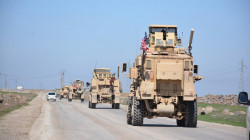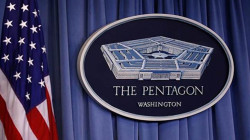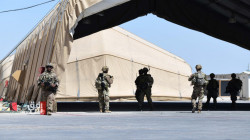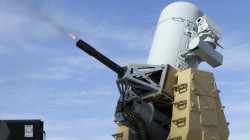The Hill: America’s Army is shrinking. Its missions aren’t
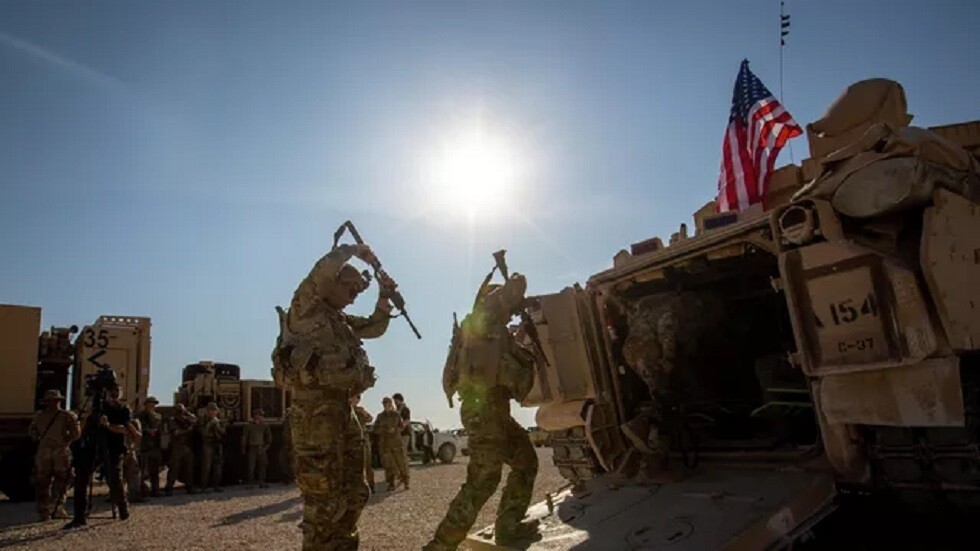
Shafaq News/ The U.S. military’s all-volunteer force (AVF) quietly turned 50 last month. Though the end of the draft in 1973 was a seminal moment for both the U.S. military and American society, the anniversary received minimal official recognition. Celebrating the AVF’s big birthday would have entailed admitting an uncomfortable truth: that the U.S. military is in the middle of an unprecedented recruiting crisis. In fact, the military, and especially the Army, is now shrinking.
As recently as 2018, Army planners called for growing the force by 2023. Today the service is unable to even maintain current force levels. Last year the Army set an active-duty end strength target of 485,000 troops. Due to recruiting shortfalls, Congress lowered the target by 33,000 for 2023. The Army is saying it will miss this lower goal too.
A variety of factors have led to the recruiting crisis. Higher enlistment bonuses and promises to pay off college debt hold less appeal among a cohort of young Americans uninterested in military service and eager to explore job opportunities in a tight labor market.
Disastrous wars in Iraq and Afghanistan have dented confidence in military leadership. A generation that grew up amid financial crisis and a global pandemic may be more risk averse. Most importantly, 77 percent of Americans between the ages of 17 and 24 are ineligible to serve, due to physical or mental unfitness, prior substance abuse or lack of education.
This shrinking force is confronting ever more missions, both overseas and at home. President Joe Biden’s recent executive order authorizing the mobilization of up to 3,000 reserve soldiers to augment U.S. forces deployed to Europe highlighted the unending demands of maintaining an expansive U.S. global military presence.
The Army has a higher operational tempo now than it did at the height of the Global War on Terror. Without significant changes to its force structure or missions, the U.S. Army may be stretched to the breaking point, even though America is not at war.
The active-duty force will soon be at its smallest size since the attack on Pearl Harbor. But unlike the pre-World War II force, today’s Army carries out a host of concurrent missions in Europe, the Middle East and East Asia.
In Europe, where Army units constitute the majority of the roughly 100,000 U.S. troops in theater, five combat brigades and support elements are deployed on a permanent or rotational basis to shore up NATO’s defenses as the war in Ukraine rages.
Commitments in the Middle East have also not gone away, despite a narrative of withdrawal. Iraq is home to 2,500 U.S. troops, while next door in Kuwait, combat aviation brigades routinely rotate to support the ongoing anti-ISIS mission in Iraq and Syria. Air and missile defense units, one of the most overworked components of the Army, are deployed to Saudi Arabia to guard against Iranian missiles and proxies, even as political temperatures in the region seem to be cooling.
The Army’s role in the Indo-Pacific theater is dominated by long-standing commitments in South Korea and Japan. Two-thirds of the 28,500 American servicemen in South Korea, including the private just detained by North Korea, are soldiers. Although most experts believe a future Pacific war with China would be primarily an air and naval campaign, the Army has pitched itself as the “linchpin service,” capable of providing critical logistics support, long-range fires and air defense.
Shrinkage in the force without commensurate cuts in overseas deployments have led to an exceedingly high peacetime operational tempo, with negative effects on the Army’s readiness for war. The Pentagon considers a 1:3 deploy-to-dwell ratio. This means that for every six months deployed, soldiers should have 18 months at home — a key benchmark for ensuring its servicemen can spend time with their families and pursue professional development. But the Army is not meeting this standard: Both combat brigades and higher headquarters units often have deploy-to-dwell ratios above the 1:2 “red line.”
Overworking active-duty units has effects that trickle down through the total force. Over the last two decades, dipping into the National Guard and Army Reserve to compensate for the lack of active-duty personnel has gone from being a habit to a necessity for Army leaders scrambling to meet mission requirements. Under Title 10 authorities, the secretary of Defense can order Guardsmen to perform active-duty functions for a limited time. By the Pentagon’s count, 22,000 Guardsmen are deployed overseas on security missions or training exercises.
These deployments frequently impinge upon the National Guard’s primary duty: homeland defense. In recent years, high-profile Guard missions included supporting state efforts during the COVID-19 pandemic, handling civil unrest and responding to the Jan. 6 Capitol riot.
More numerous and endemic, however, are the Guard’s response missions to natural disasters such as wildfires, flooding and hurricanes, tasks that are placing ever greater demands on the Guard’s time and resources.
This tension is not new. When Hurricane Katrina ravaged Louisiana in 2006, thousands of the state’s Guardsmen were deployed to Iraq — active-duty Marines had to be hastily dispatched to New Orleans to assist with relief efforts and maintain order. In 2020, Oregon could not use six of its Guard helicopters to fight raging wildfires because they were in Afghanistan. As climate change makes natural disasters more frequent and devastating, the Defense Department will have to decide which missions, foreign or domestic, are more important for the Guard to prioritize.
America’s Army needs either more soldiers or fewer missions. Given the demographic and societal headwinds hitting military recruiting, a larger force is going to be difficult to recruit for the foreseeable future. The alternative is making difficult, overdue decisions about which deployments are truly necessary for American national security.
The Pentagon and its political overseers are resistant to such retrenchment, as they demonstrated with a business as usual Global Posture Review in 2021. But perpetuating the status quo threatens a descent into a hollow force. We have seen what one of those looks like on the battlefields of Ukraine. The United States should not risk a similar fate for its Army.
(BY Gil Barndollar and Matthew C. Mai for the Hill)
